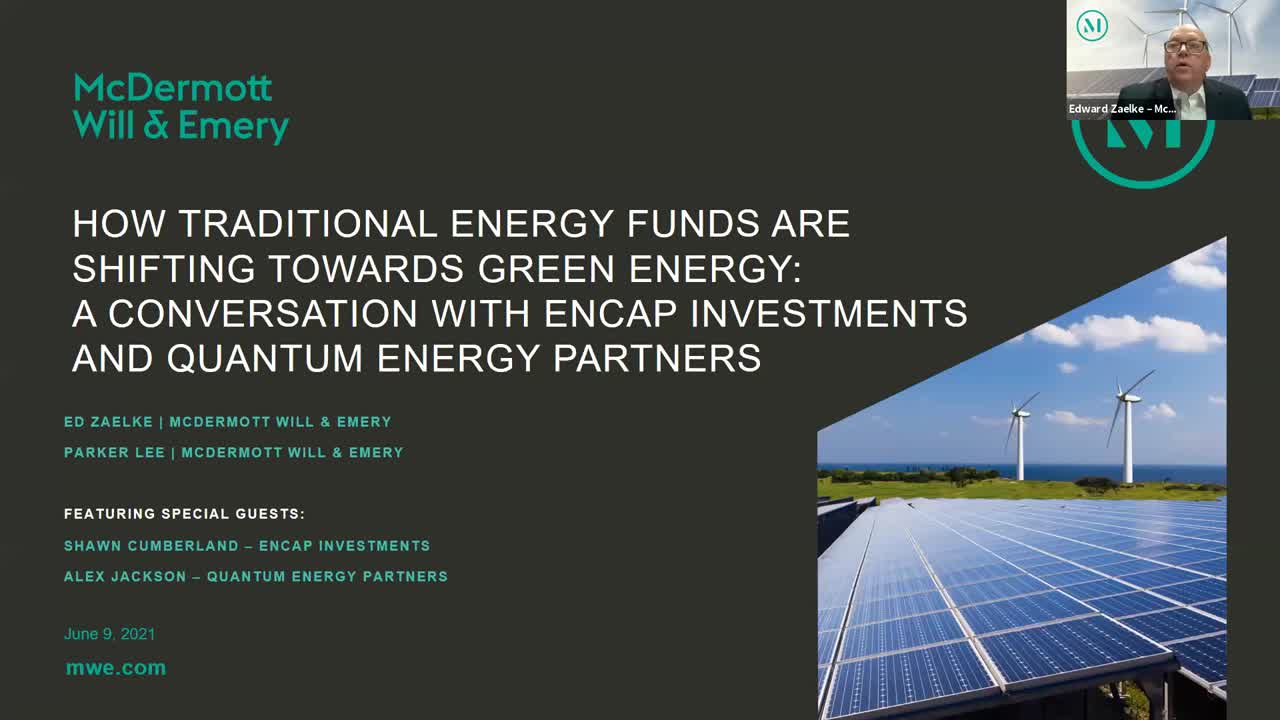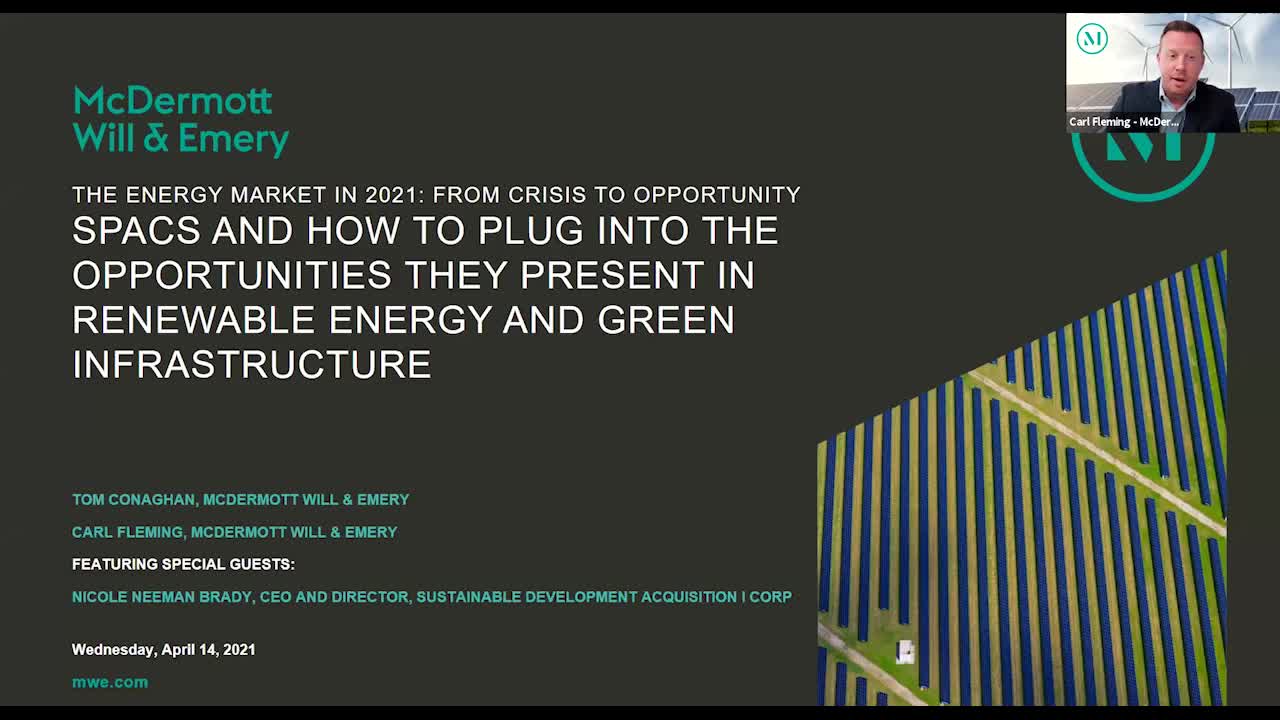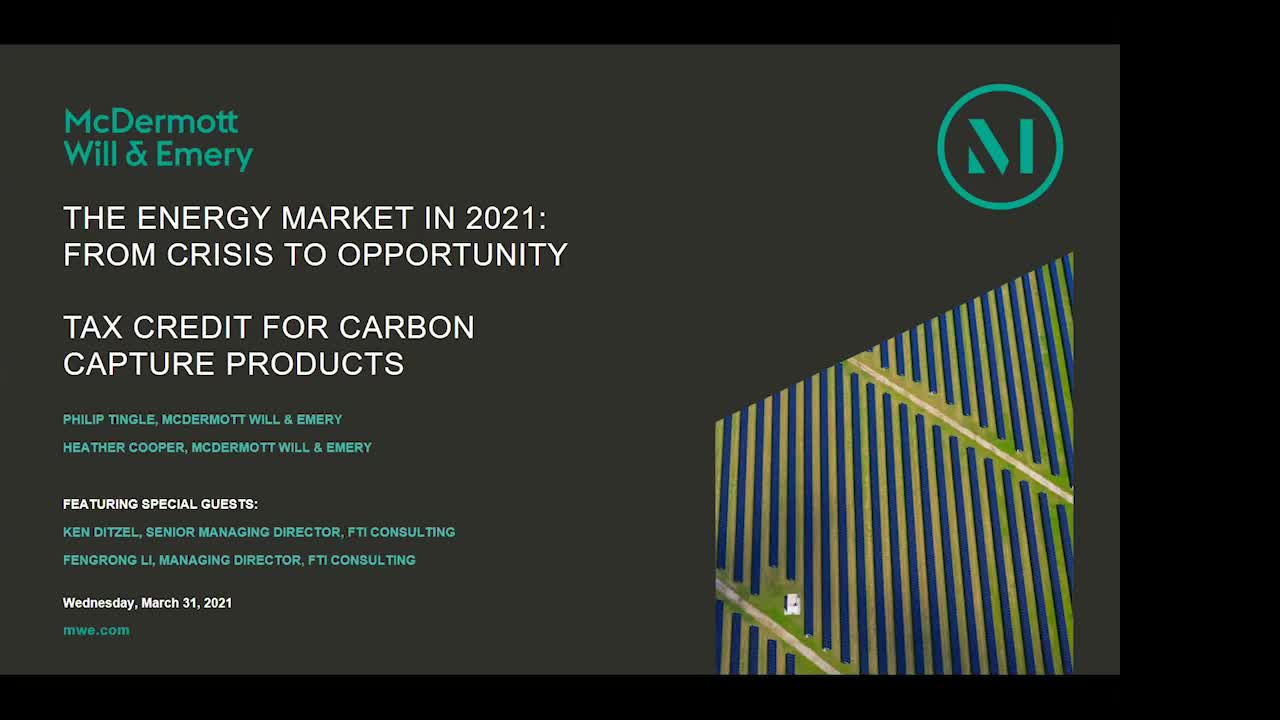The US Department of the Interior (DOI) announced plans to expand offshore wind development off the coasts of New York and New Jersey by proposing a lease sale it strives to complete by the end of this year. More specifically, the Biden Administration proposed a competitive sale of eight lease sites for over 627,000 acres of federal waters on the Outer Continental Shelf in the New York Bight. This proposed lease sale will support the administration’s goal of installing 30 gigawatts of offshore wind energy by 2030.
The proposed leases contain notable stipulations, including the encouragement of project-labor agreements during construction and the requirement of increased engagement with the fishing industry and other affected ocean users during the leasing process. “The development of renewable energy is an important piece of addressing climate change,” US Secretary of the Interior Deb Haaland said in the DOI’s statement, adding, the “new proposed lease stipulations puts a priority on creating and sustaining good-paying union jobs as we build a clean energy economy.”
The lease sites have the potential to generate an additional seven gigawatts of offshore wind energy, powering more than 2.6 million homes and creating thousands of new jobs. “A lease sale not only opens a door to investment in New York and New Jersey, but will support jobs and businesses throughout the U.S.,” National Ocean Industries Association President Erik Milito said. “Providing new offshore wind opportunities will boost critical investments into the supply chain, ports, and workers, and will provide a foundation for exceptional offshore wind growth.”
Despite the stipulations within the proposed leases, the DOI’s Bureau of Ocean Energy Management (BOEM) claimed that 11 offshore wind developers have already expressed interest in the leases. Should the lease sale occur, it would be the first competitive offshore wind lease sale for the administration. A Proposed Sale Notice has been issued in the Federal Register, which opens a 60-day public comment period and provides further information about the potential lease areas, proposed lease provisions and conditions, as well as auction details.
The lease sale announcement builds upon the Biden Administration’s commitment to advance offshore wind development, which includes approval of the Vineyard Wind project—the first large-scale project in federal waters—and the recent announcement to assess potential renewable energy opportunities in the Gulf of Mexico.
read more

 Subscribe
Subscribe



